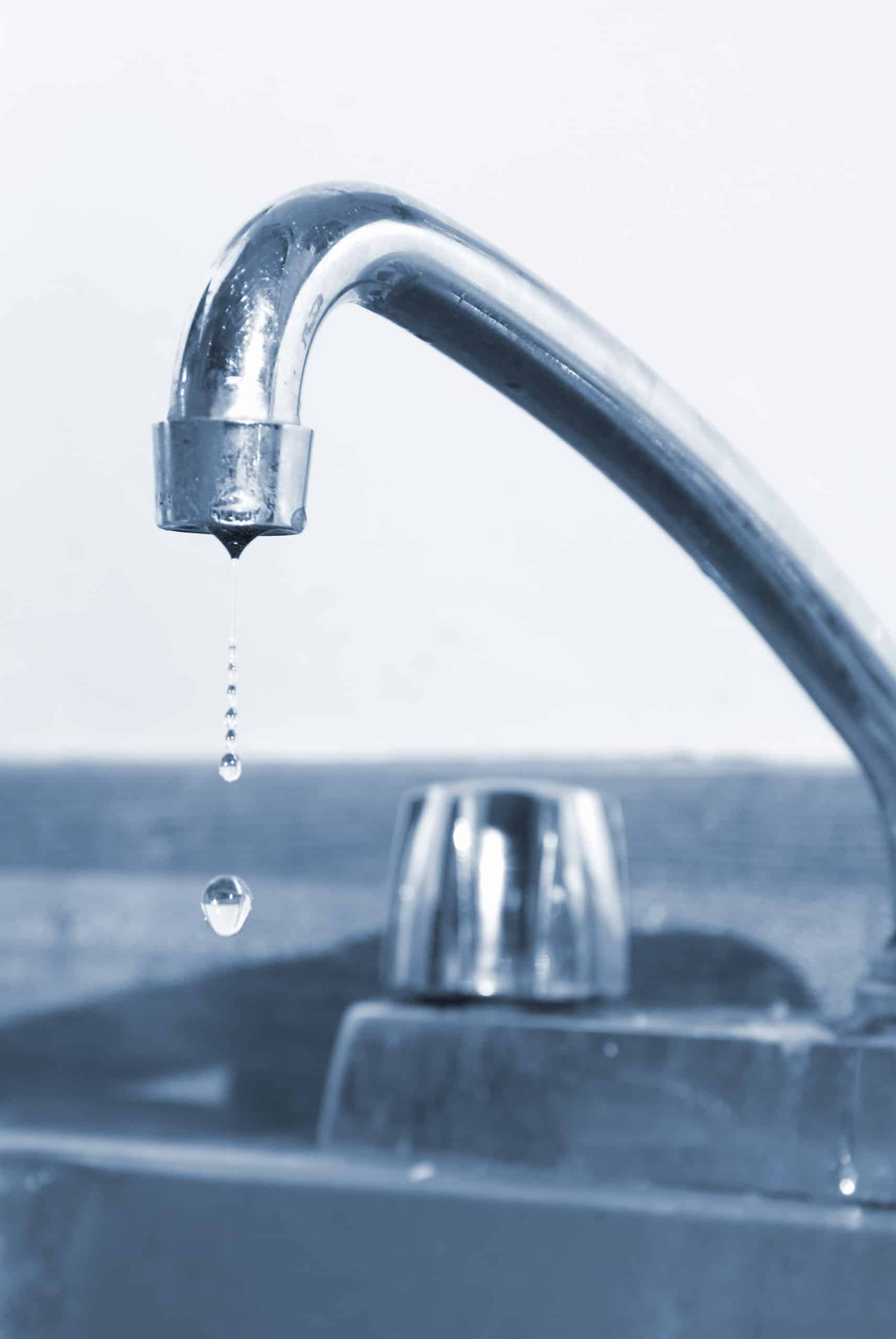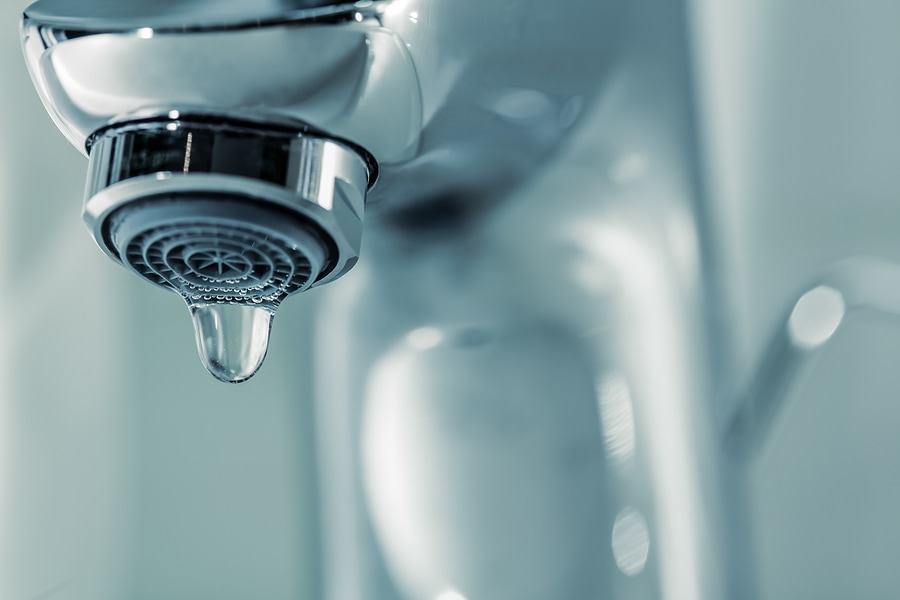Exploring the Relevance of Repairing a Leaking Faucet
Exploring the Relevance of Repairing a Leaking Faucet
Blog Article
We've uncovered this great article about Leaky Faucets: Why They Happen & What to Do About Them directly below on the web and decided it made perfect sense to relate it with you on this page.

Trickling taps could feel like a small inconvenience, but their influence exceeds just the aggravation of the audio. From drainage to sustaining unneeded economic expenses and health and wellness risks, disregarding a dripping faucet can result in numerous effects. In this article, we'll look into why it's vital to resolve this typical household problem quickly and effectively.
Wastefulness of Water
Environmental Impact
Leaking faucets contribute dramatically to water waste. According to the Epa (EPA), a single tap trickling at one drip per secondly can squander greater than 3,000 gallons of water annually. This not just strains water sources however also impacts environments and wildlife based on them.
Financial Prices
Raised Water Costs
Past the ecological effect, leaking taps can inflate water expenses considerably. The collected wastefulness with time equates right into higher utility expenses, which might have been avoided with prompt fixings.
Possible Home Damages
Additionally, prolonged trickling can result in damage to fixtures and surfaces bordering the tap. Water buildup can create discoloration, rust, and even structural concerns if left ignored, resulting in additional repair prices.
Health and wellness Worries
Mold And Mildew and Mold Development
The continuous existence of moisture from a leaking faucet creates an optimal setting for mold and mildew and mold development. These fungis not only compromise interior air high quality but additionally position wellness threats, especially for people with breathing problems or allergies.
Waterborne Diseases
Stagnant water in trickling faucets can end up being a breeding ground for germs and other microorganisms, raising the danger of waterborne conditions. Impurities such as Legionella microorganisms grow in stagnant water, possibly resulting in significant ailments when consumed or inhaled.
DIY vs. Expert Fixing
Pros and Cons of Do It Yourself Repair Work
While some may try to fix a dripping tap themselves, DIY repair services feature their own set of obstacles. Without correct understanding and tools, DIY attempts can worsen the issue or cause insufficient repairs, prolonging the problem.
Benefits of Working With a Specialist Plumber
Working with an expert plumber guarantees that the underlying root cause of the dripping tap is addressed efficiently. Plumbing professionals have the knowledge and equipment to detect and repair faucet problems effectively, conserving time and lessening the danger of more damage.
Step-by-Step Overview to Repairing a Dripping Faucet
Tools Needed
Before attempting to repair a dripping tap, gather the needed tools, consisting of a flexible wrench, screwdrivers, substitute parts (such as washers or cartridges), and plumber's tape.
Typical Faucet Issues and Their Solutions
Recognize the sort of faucet and the specific concern causing the drip. Typical issues consist of worn-out washing machines, corroded valve seats, or defective O-rings. Describe supplier directions or online tutorials for step-by-step advice on repair services.
Safety nets
Normal Maintenance Tips
To stop leaking taps, perform regular maintenance such as cleansing aerators, inspecting for leaks, and changing damaged parts without delay. Additionally, think about mounting water-saving tools or updating to a lot more efficient components.
Significance of Prompt Repairs
Dealing with trickling taps as soon as they're discovered protects against further water waste and possible damage, eventually conserving both water and money in the future.
Influence On Building Value
Understanding of Well-Maintained Residential Or Commercial Property
Preserving a residential property in good condition, including attending to maintenance problems like leaking faucets, enhances its regarded worth and worth among prospective buyers or tenants.
Influence on Resale Value
Properties with properly maintained plumbing components, including taps, command greater resale worths in the realty market. Resolving trickling faucets can contribute to a positive impression throughout building evaluations and negotiations.
Ecological Responsibility
Individual Contribution to Preservation
Taking obligation for dealing with dripping taps straightens with broader initiatives toward water preservation and environmental sustainability. Every person's actions collectively make a considerable influence on protecting priceless sources.
Lasting Living Practices
By prioritizing punctual repairs and embracing water-saving habits, individuals contribute to sustainable living practices that profit both existing and future generations.
Verdict
Dealing with a dripping tap goes beyond plain ease; it's an important action toward preserving water, decreasing financial costs, and protecting wellness and residential property. Whether with do it yourself repair work or expert aid, acting to fix trickling taps is a small yet impactful method to advertise responsible stewardship of resources and add to a much healthier, more sustainable future.
How to Fix a Dripping or Leaky Faucet
A leaking faucet is one of the most common problems that homeowners encounter, but it being commonplace doesn’t make it any less annoying. The constant drip drip drip of a leaking bathtub faucet, showerhead, or sink tap can disturb your home’s serenity. Left neglected, a dripping faucet can also result in higher water bills and discoloration or mold growth in your sink or plumbing fixtures.
Fortunately, you don’t have to be a trained plumber to know how to stop a dripping faucet. With some basic tools, replacement parts, and a little patience, leaky faucet repair is a breeze. In this article, we’ll explain what causes dripping faucets and how you can fix them.
What Causes a Leaking Faucet?
Kitchen and bathroom faucets come in all manner of designs, but most involve some combination of valves, O-rings, seals, and washers. The O-ring is usually the weakest link, but any one of these pieces can wear down over time. Heat, moisture, temperature fluctuations, minerals, mold, and movement can contribute to warping and corrosion, breaking the watertight seal. This just comes with the territory of being a homeowner. Everything is always subject to wear and tear, and some component parts of your appliances and fixtures need to be replaced on occasion. At least replacement O-rings are cheap!
More rarely, dripping faucets can be a symptom of excessively high water pressure. Were this the case in your home, you would probably notice that the leak is not isolated to one faucet. Water pressure issues are harder to resolve on your own. We recommend contacting a professional plumber if you suspect your water pressure is too high.
How to Fix a Dripping Faucet
Pipe wrench or monkey wrench Allen wrench set Screwdrivers Old towel or rag Shut off the water.
Before you do anything, you need to turn off the water to keep from drenching your kitchen or bathroom. You should find a valve under the sink and against the wall. Once you’ve turned this valve, try turning the faucet on to confirm that the water source has been cut off.
If you can’t locate your local valve for the faucet you’re working on, you can always shut off the water to the house at the main valve. Of course, this will prohibit anyone from using the sinks, showers, or toilets while you’re working on the faucet that’s giving you trouble.
Plug or block the drain.
You’ll be disassembling the faucet and removing some small bits of hardware. Plug the drain with a stopper or rag to avoid the possibility of a small screw falling into your P-trap.
Take apart the faucet assembly.
There are several varieties of kitchen and bathroom faucets, each with its own manner of assembly. For detailed instructions on how to disassemble your faucet, you can refer to the fixture’s manual or contact the manufacturer. If you know whether you have a ball, disc, cartridge, or compression faucet, you can find detailed schematics online.
In general, you need to begin by removing the faucet handles. You might notice a small screw that you’ll need to remove with a screwdriver or Allen wrench. If you don’t see any visible securing hardware, it’s likely hidden under a decorative cap that can be unscrewed or popped off with flathead screwdriver.
Remove each piece methodically, consulting a schematic when necessary. Take notes or arrange the pieces in such a way to make it easier to correctly reassemble the faucet later.
Remove the cartridge.
Once you’ve removed the handles and securing hardware, you should be able to remove the valve cartridge or stem. Some cartridges will slide right out. Other faucet models will require you to loosen a nut with a pipe wrench before you can remove the valve stem.
Examine the exposed hardware.
With the cartridge or stem removed, inspect the component parts. Check the rubber O-rings for wear and tear. Also examine the seat washer for corrosion or other damage. These pieces are usually the responsible parties for a dripping faucet, but it’s worth inspecting the other component parts while you have the faucet disassembled.
Find replacement parts.
Once you’ve identified which faucet component has failed, find an identical replacement. Your local hardware store should have O-rings, seat washers, and other standard components in stock. If you have a luxury or uncommon faucet, you may have to contact the manufacturer for a replacement part.
It’s a good idea to take your old parts with you to the hardware store so you can compare them with the store’s inventory and be sure you’re purchasing the correct replacement.
Reassemble the faucet.
With your new parts in hand, reconstruct the faucet and handles. Don’t be tempted to overtighten screws or nuts. You might think this could create a better seal, but it can instead damage or bend a delicate part of the assembly and create a new problem for you.
Turn on the water and test the faucet.
The only thing left to do is test your work. Unplug the sink, turn the water back on, and try the faucet. Congratulate yourself on a job well done!
https://www.libertyhomeguard.com/how-to-fix-a-dripping-or-leaky-faucet/

Hopefully you enjoyed our part on . Thanks so much for taking the time to read through our article post. Sharing is caring. One never knows, you may be helping someone out. Thanks for being here. Please visit our website back soon.
Report this page